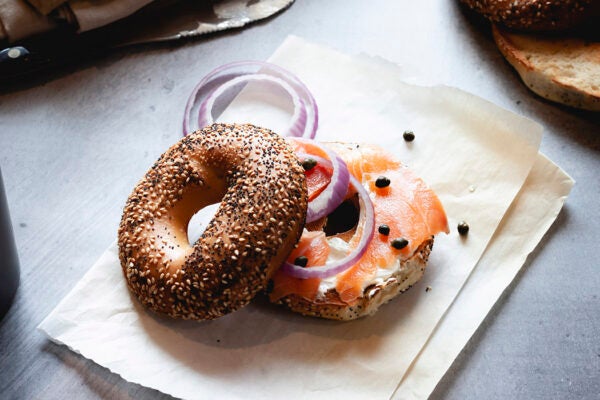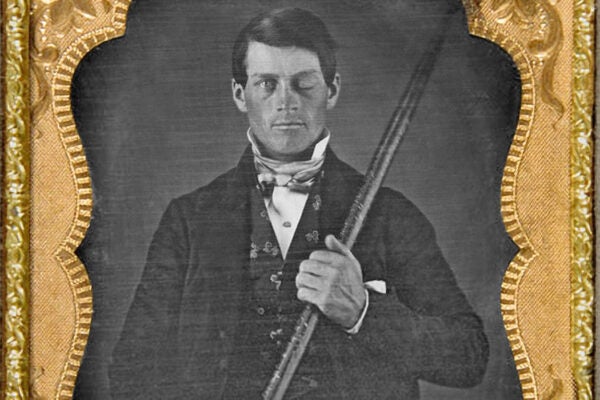Extra Credit: Our pick of stories from around the web that bridge the gap between news and scholarship. Brought to you each Tuesday from the editors of JSTOR Daily.
How Greenland’s Inuits handle the cold (The New York Times)
by Steph Yin
Winter is here, and some of us may be wondering how people in cold climates can spend half the year in below-freezing weather. A new paper reveals one possible answer. It seems that Inuit people from Greenland have a genetic variant that may come from archaic humans known as Denisovans that helps them create heat-generating brown fat.
A meal fit for a historian (The New Yorker)
by Talia Lavin
Two food historians make a barebones holiday feast that sheds light on Depression-era food politics, the popularization of nutrition science, and the cultural meaning of gelatin.
How do foreign interventions in national politics work? (The Washington Post)
by Lindsey A. O’Rourke
How can we understand the apparent Russian covert intervention in the U.S. election this year and what effects it may have going forward? One political scientist considers the question using a roughly comparable data set: the 72 times the U.S. tried to change other countries’ governments during the Cold War.
As elites devalue the working class, consider grace (The Atlantic)
by Victor Tan Chen
This year’s election has provoked endless debates over the political grievances of the white working class. A sociological look at working-class Americans of all races suggests that people without college degrees suffer from a culture that assumes people who are suffering are inherently less deserving, and that the answer could be found in a different, religiously rooted, viewpoint.
The scientific find of the year (Vox)
by Brian Resnick
As we look back on 2016, one positive development was an unusually significant scientific breakthrough: the discovery of gravitational waves. This comes after a century of speculation and decades of experimentation. And it means we now have a new tool for understanding the universe.
Have you seen a story online that does a good job of bridging the gap between the news and scholarship? Or something that seems particularly well-researched? Let us know and we may include it in next week’s roundup. Email us at jstordaily_submissions (at) jstor (dot) org.






